- Islamabad
- 31°C
- Today ( Sunday, 8 June 2025)
- Home
- Environment
- Climate Change Impacts on Arctic Ecosystems
Climate Change Impacts on Arctic Ecosystems
The Arctic region is experiencing rapid environmental changes driven by global climate change, with profound implications for Arctic ecosystems and indigenous communities. Rising temperatures, melting sea ice, and shifting weather patterns are transforming the Arctic landscape at an unprecedented pace, triggering cascading impacts on wildlife, ecosystems, and traditional ways of life.
Scientists have observed significant declines in Arctic sea ice extent and thickness, leading to habitat loss for iconic species such as polar bears, seals, and walruses. Disruption of seasonal migration patterns and alterations in food availability pose challenges to the survival and reproductive success of Arctic wildlife populations.
In addition to ecological changes, the warming Arctic is exacerbating coastal erosion, permafrost thaw, and the release of greenhouse gases stored in Arctic soils. These feedback mechanisms contribute to the amplification of global warming and have far-reaching consequences for climate stability and sea-level rise worldwide.
Indigenous peoples of the Arctic, who rely on the region's resources for sustenance and cultural identity, are particularly vulnerable to the impacts of climate change. Rapid environmental changes disrupt traditional hunting, fishing, and reindeer herding practices, threatening the livelihoods and well-being of indigenous communities.
Efforts to address the impacts of climate change in the Arctic require collaboration, scientific research, and indigenous knowledge sharing. International cooperation, support for adaptation and resilience-building initiatives, and the integration of traditional ecological knowledge into policy-making processes are essential for mitigating the effects of climate change and safeguarding the Arctic environment for future generations.
-
"Paradise Lost" is an epic poem penned by the renowned English poet John Milton. Published in 1667, this literary masterpiece stands as one of the most influential works in English literature. The poem narrates the biblical story of the Fall of Man, tracing the events from the...
-
John Keats, a Romantic poet of the 19th century, is celebrated for his exquisite lyricism and profound exploration of beauty, nature, and the transient nature of life. Born on October 31, 1795, in London, Keats left an indelible mark on English literature despite a tragically ...
Get Newsletter
Subscribe to our newsletter to get latest news, popular news and exclusive updates.


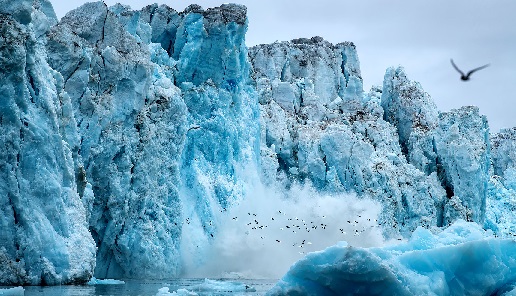


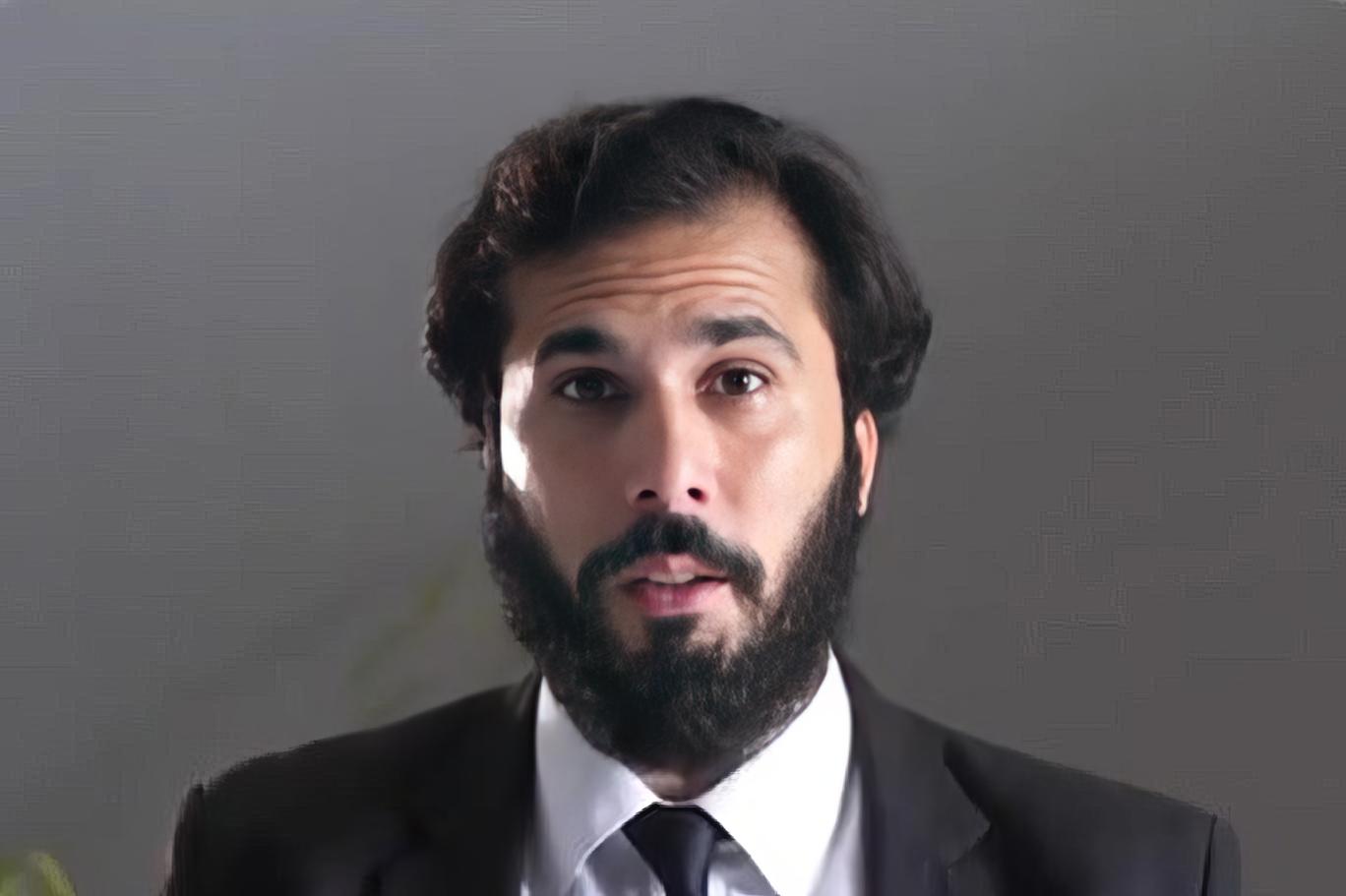
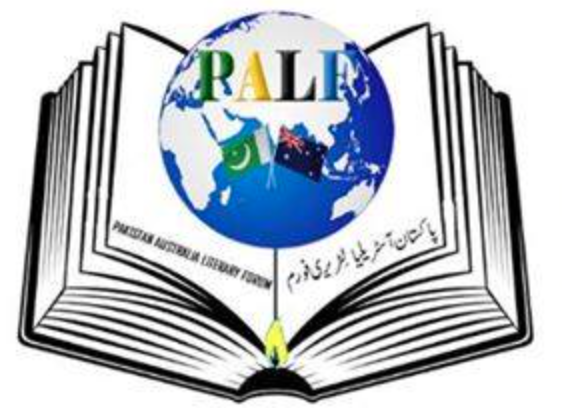






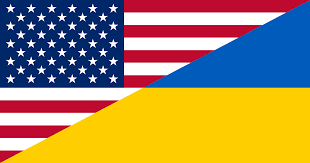


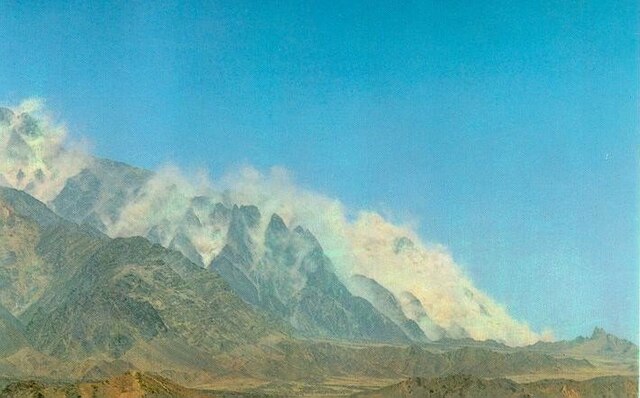








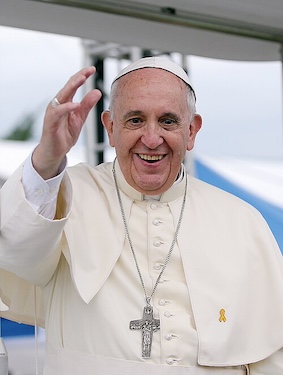
Facebook Comments